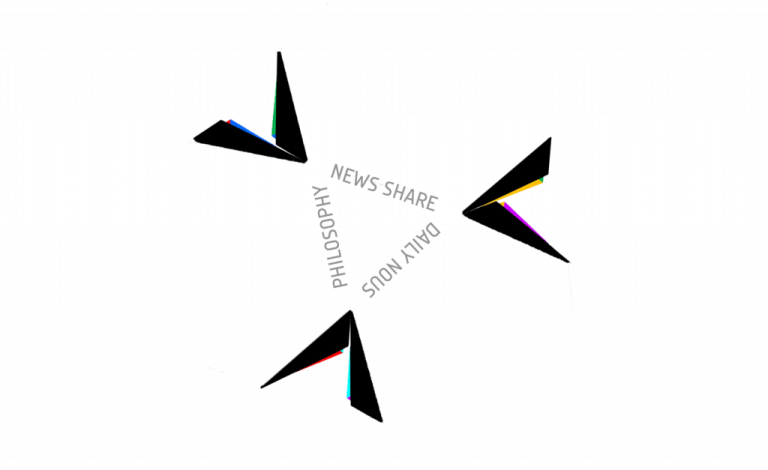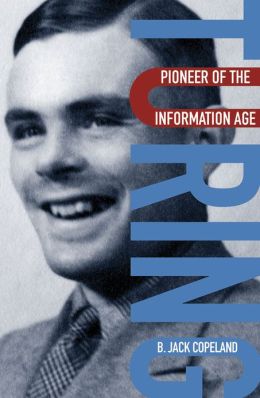The most gladdening thing about grief parallels the most gladdening thing about science: However meticulous our projections and our models of reality may be, however triumphant in their conquest of knowledge, they are not only perennially incomplete but could be — and, throughout the history of our species, have often been — fundamentally wrong. Science, like life itself, rests upon the abstract art of otherwise — things could be other than what they appear to be, other than what we assume them to be: stranger, more slippery, more possible. Frame writes:
All moments of our lives are immensely rich, with many — perhaps infinitely many — variables we could notice.
Irreversible loss appears as a discontinuity, a jump, in our path through story space.
Once they are recognized, these patterns cannot go unnoticed. They change forever how the image of the world unfolds in our minds, change forever the categories of the models we build.
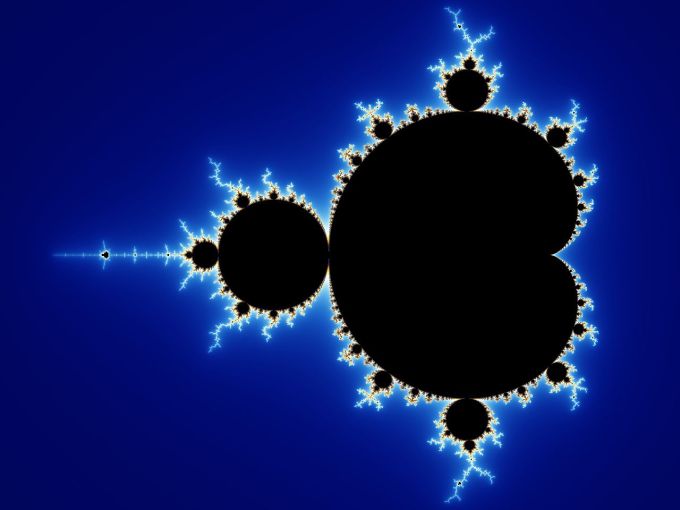
Returning to the consolation of fractals — the mathematical language composing chaos theory — Frame writes:
Pointing to a resounding “no” in the many-worlds model of quantum mechanics — a model in which “every observation of every particle splits the universe into branches, one in which each measurement outcome occurs, and communication between these branches is impossible” — he adds:
The distance between here and there is the answer to the wrong question.
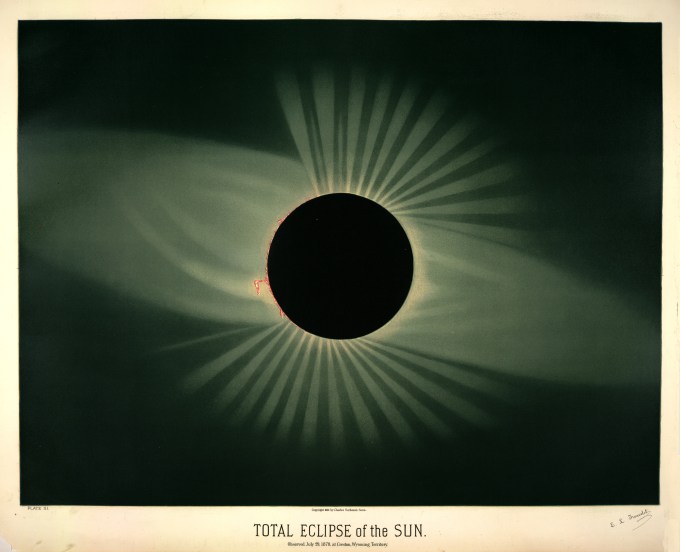
Gravity pulls me to the future, bits of me falling off along the way. Each of us disappears into the mist of the possible. In our minds, time is gravity’s other side.
This recognition-as-model-revision, Frame intimates, is also the way to view and live through grief — an exercise in continual dilation of perspective, so that life can be seen from more and more angles besides the acuteness of loss, noticing more and more of what is there, what remains and what grows in the wake of the lost; an exercise in remembering, again and again, that healing is subtle and unpredictable, unfolding in tiny, quiet, immeasurable increments that eventually add up to profound changes of measurable difference.
In one of the book’s tenderest moments, illustrating this sidewise gleam at the depths, Frame shares a short lyrical essay he composed after his mother’s death, in response to a creative prompt from a student compiling meditations on gravity:
Attentiveness to beauty is the instrument of transcendence — that essential facet of Frame’s geometry of grief and readjustment. In consonance with Willa Cather’s lovely insistence that “unless you can see the beauty all around you everywhere, and enjoy it, you can never comprehend art” — or life — he writes:
Because every sound theorem rests upon precise formulation, Frame offers a basic definition:
We can view our lives as trajectories, parameterized by time, through story space.
Unless there were only one geometry, only one story — only one world — we should not expect the same categories to grid our views of the universe… Could the world be different than we think? Is it different? Must it be only one thing, or can it be many? If we view the world in one way, does this forever bar us from all others?
Grief is a response to an irreversible loss… To generate grief rather than sadness, the thing lost must carry great emotional weight, and it must pull back the veil that covers a transcendent aspect of the world. Breathe out to push the fog away from a brilliant pinpoint of light.
Beauty and grief are next-door neighbors, or maybe grief is beauty in a dark mirror… To see beauty is to glimpse something deeper; to grieve is to glimpse a loss whose consequences we will not unpack for years, and maybe never. The beauty of geometry likewise involves great emotional weight, irreversibly alters our perceptions, and is transcendent. For we don’t see all of geometry, only a hint, a shadow of something much deeper.
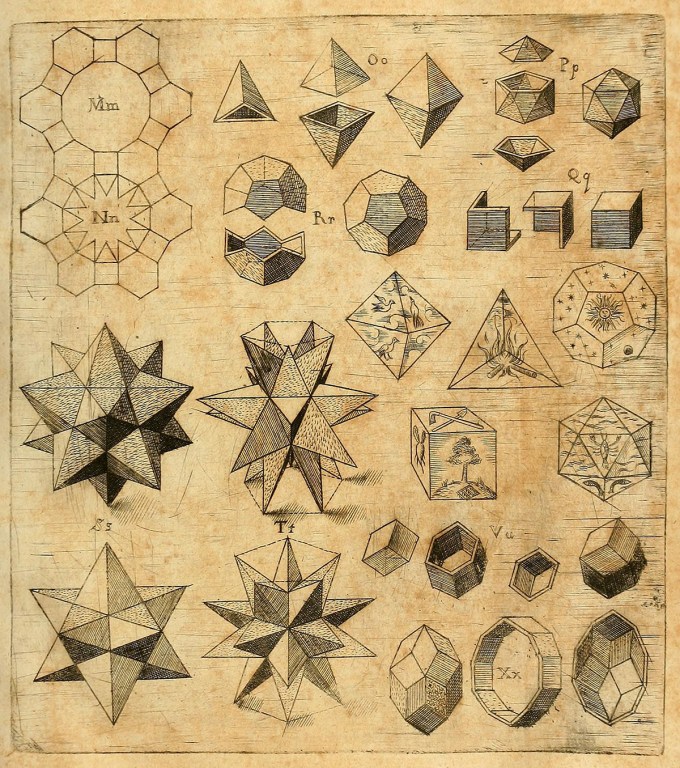
One corollary is that, both in the evolutionary sense and in the existential, every loss reveals what we are made of. But every loss also reveals what it is made of, which is more loss: Each loss takes a piece of us — a piece soft and alive — and leaves in its place something cold and heavy; each subsequent loss becomes the magnet that draws out those old leaden pieces, pulls them out from the reliquary of scar tissue where we have been keeping them in order to live, makes them rip through our being afresh. And yet the shrapnel pieces that surface are smaller and softer-edged than when they first entered through the open wound of raw bereavement, smoothed and contracted by the ongoingness of life.
[…]
Our trajectories through these subspaces are the stories we tell ourselves about our lives; they are how we make sense of our lives, but always they miss some elements of our experiences.
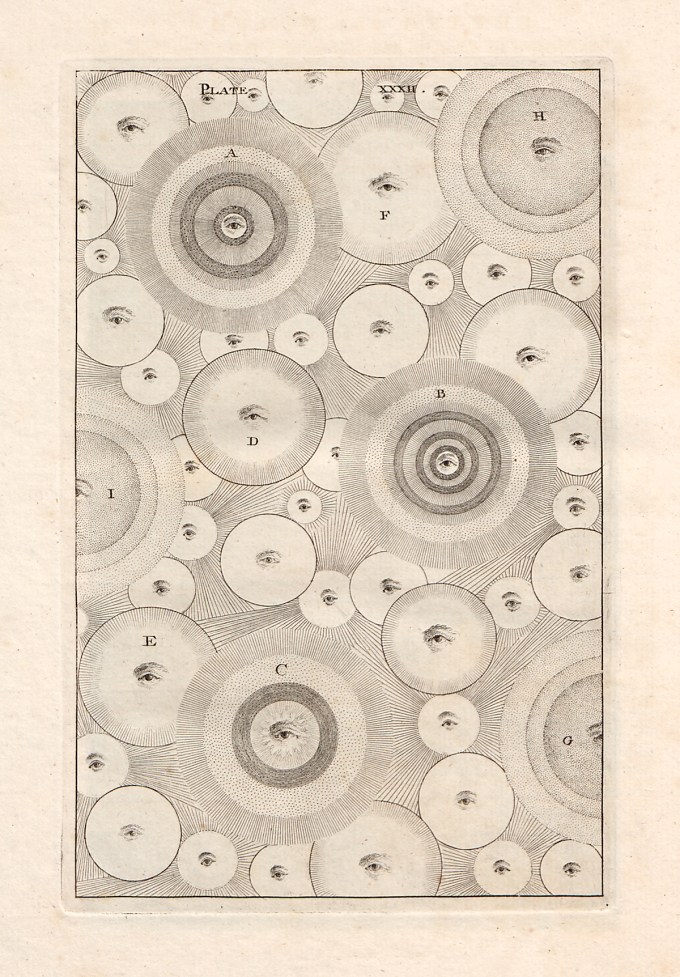
Gravity holds my feet on the ground. Gravity keeps the earth traveling around the sun, the sun dancing around the galaxy, the galaxy threading through the Local Group, and on and on.
To be fair, the rare few did look and did see different constructions of reality — the Hungarian teenager who, two hundred years ago, subverted Euclid and equipped Einstein with the building blocks of relativity; the sickly German mathematician who, four hundred years ago, subverted the celestial interpretations of the church to give us the revolutionary laws of planetary motion while defending his mother in a witchcraft trial.
We can never simultaneously view all of the possible variables; rather, we focus on a few variables at a time, restricting our attention to a low-dimensional subspace of story space.
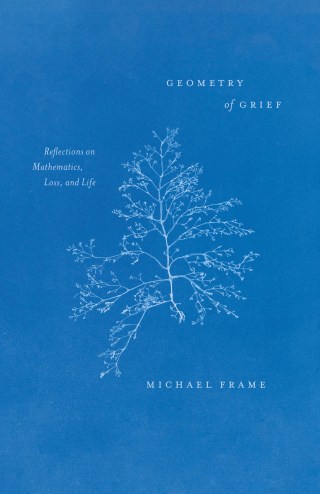
Beauty is a bridge between grief and geometry.
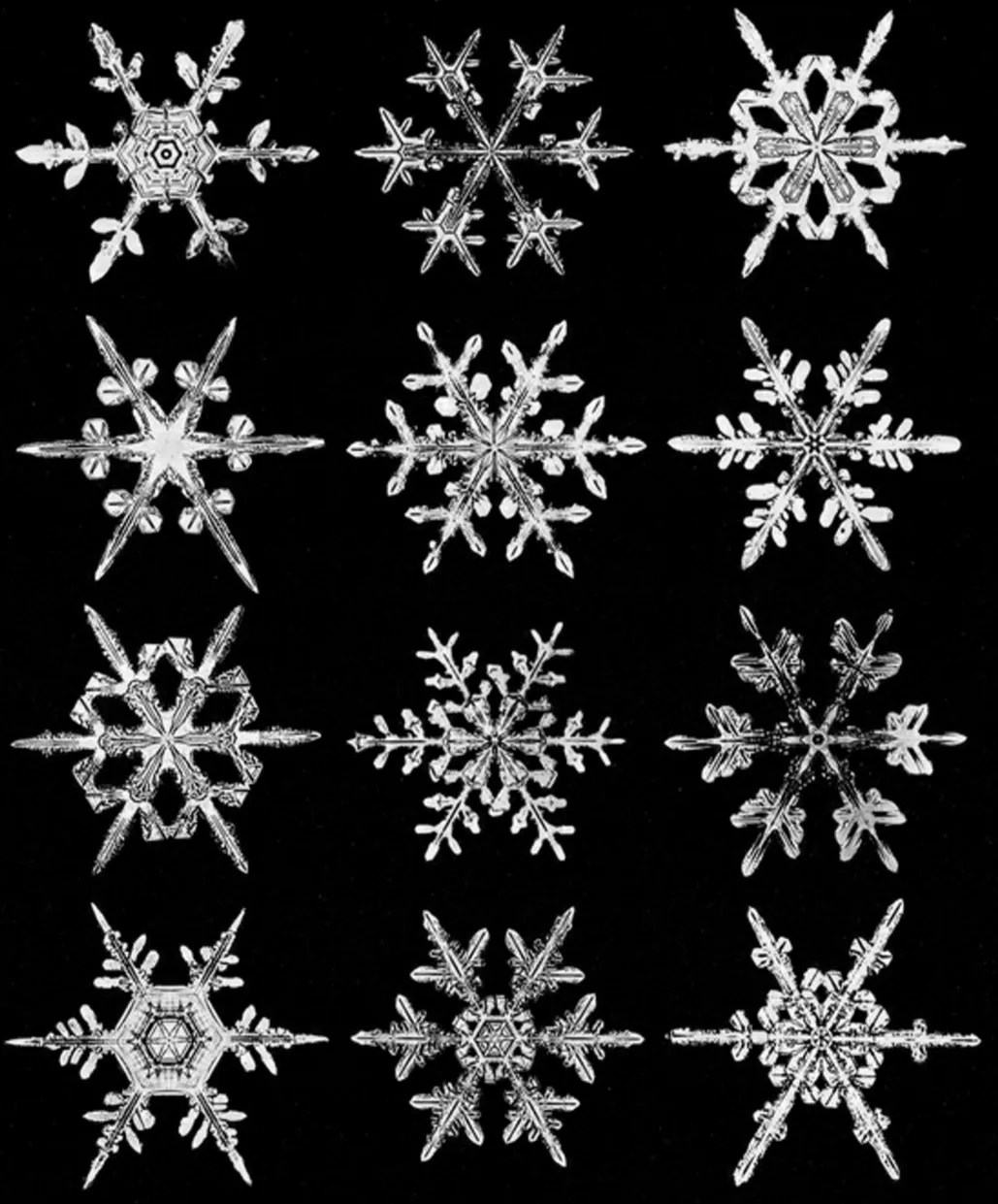
This trifecta of irreversibility, emotional heft, and transcendence anchors Frame’s model of grief and his map for navigating the landscape of loss not as a journey of recovery but as one of readjustment — of reconstituting our model of the world within, which governs our entire experience of the world without. Because the two basic building blocks of our world-model — inner and outer — are attention and narrative, readjustment to life after loss requires deliberate wielding of both. Frame writes:
I thought gravity pulled my mind into the past, stuck in memories. But now I know I can’t trust memories. Some are invented, all are edited. The whole web of who I am — what I’ve seen and done, what skills I’ve found — is nothing but fog.
What most readily unblinds us to that vital smallness comprising the grandeur of change and aliveness is a willful attentiveness to beauty — so often the antipode to the brutality of life, so often the portal to aliveness in the face of death, always the supreme testament to pioneering psychologist and philosopher William James’s insight that our experience is what we choose to attend to.
“What exists, exists so that it can be lost and become precious,” Lisel Mueller wrote in her stunning poem about what gives meaning to our mortal lives as she neared, but never quite reached, the triumph of having lived a century — a bittersweet triumph, for to live at all, however long or short, is an unbidden bargain to lose everything you hold precious: every love and every life, including your own. Loss is the price of life — a price we never chose to pay any more than we chose to be born, and yet a price not merely worth paying but beyond questions of worth and why.
“What exists, exists so that it can be lost and become precious,” Lisel Mueller wrote in her stunning poem about what gives meaning to our mortal lives as she neared, but never quite reached, the triumph of having lived a century — a bittersweet triumph, for to live at all, however long or short, is an unbidden bargain to lose everything you hold precious: every love and every life, including your own. Loss is the price of life — a price we never chose to pay any more than we chose to be born, and yet a price not merely worth paying but beyond questions of worth and why.
“What exists, exists so that it can be lost and become precious,” Lisel Mueller wrote in her stunning poem about what gives meaning to our mortal lives as she neared, but never quite reached, the triumph of having lived a century — a bittersweet triumph, for to live at all, however long or short, is an unbidden bargain to lose everything you hold precious: every love and every life, including your own. Loss is the price of life — a price we never chose to pay any more than we chose to be born, and yet a price not merely worth paying but beyond questions of worth and why.
Small changes may not cause large differences, but small changes, invisible because of our inability to measure exactly, can mask our ability to predict whether, when, and where large differences can occur. Chaos is about the breakdown of our ability to forecast for more than a short time.
In this sense, grief if fractal, each new instance containing within itself a set of self-similar sub-griefs — miniatures of the same emotional structure, rendered smaller in salience by time and tenacity, those twin inevitabilities of aliveness.
Gravity pulls rain out of the sky. And snowflakes. And leaves in autumn. And tears from my eyes when I knew you really are gone. Where did you go?

